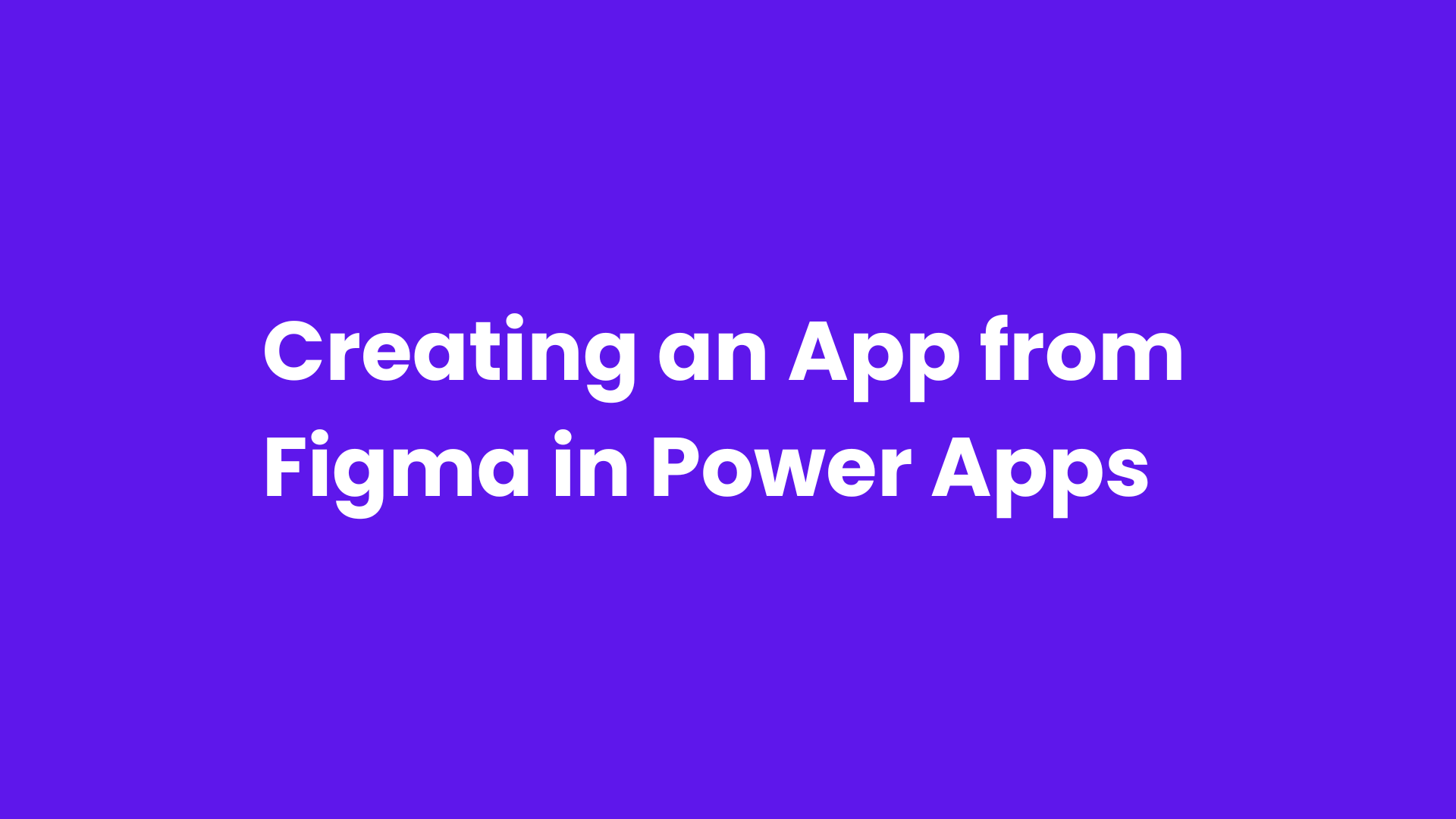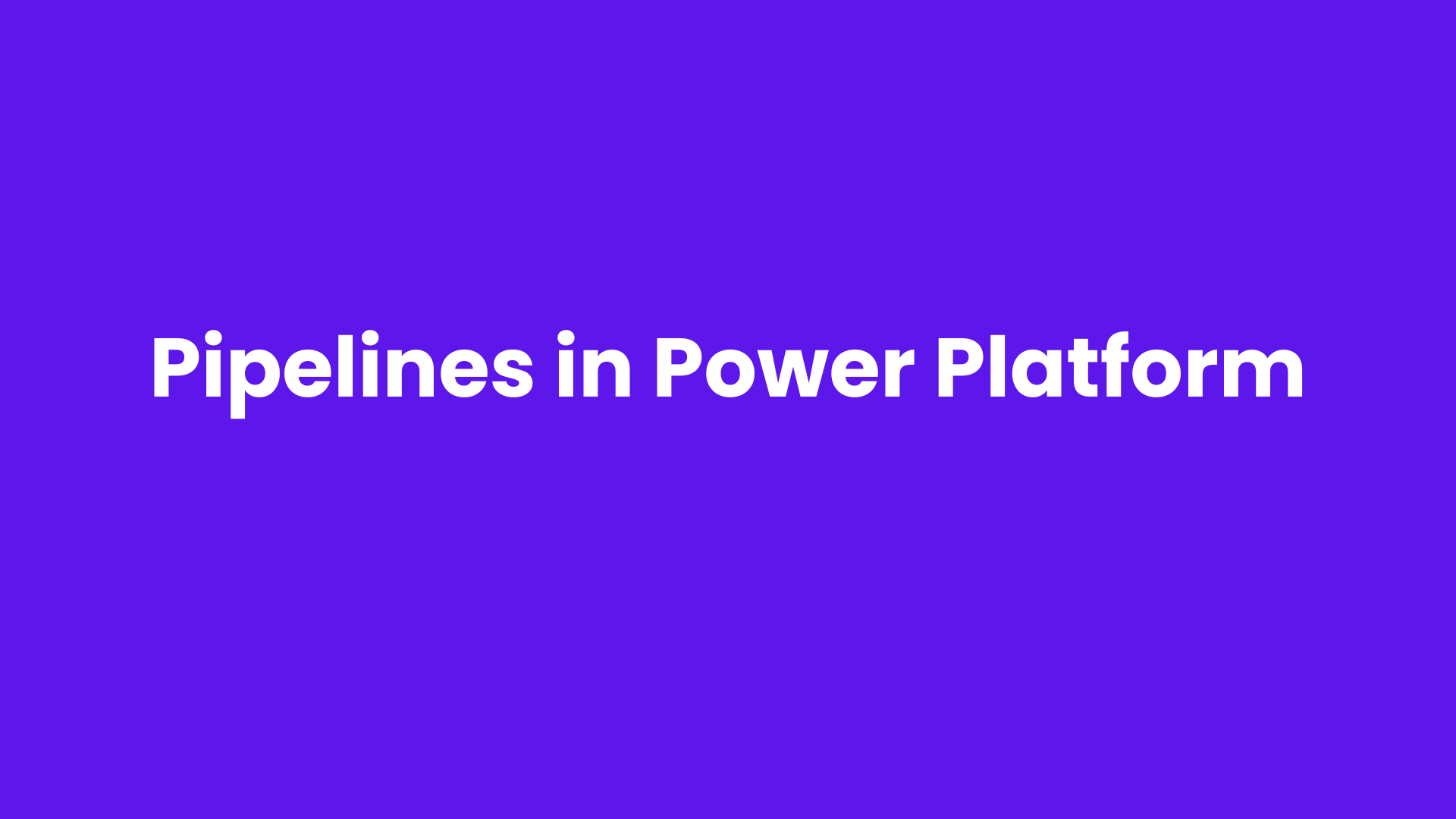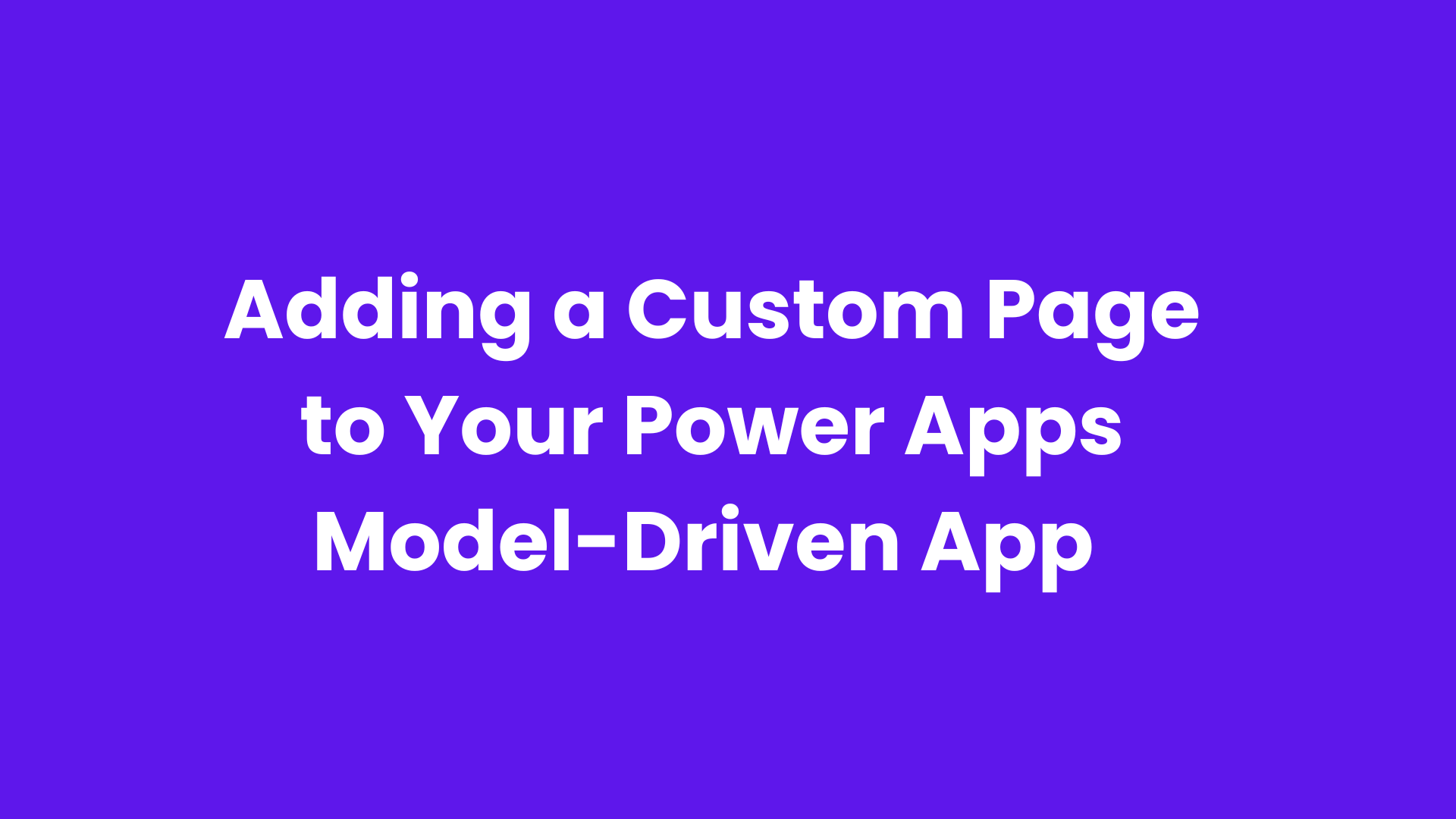Figma, known for its robust design capabilities, enables the creation of visually appealing interfaces, while Power Apps provides a low-code solution for building custom applications. By combining these two powerful platforms, teams can streamline the development process, quickly transforming ideas into functional applications.
Importance of Figma with Power Apps
Figma is a collaborative interface design tool that enables teams to work together in real-time, making it easy to create user-centered designs. Power Apps, on the other hand, is a low-code platform that allows users to build applications quickly with minimal coding. By leveraging Figma's design capabilities and Power Apps' functionality, you can create a professional and user-friendly application that meets your organization's needs.
In this blog, we will guide you through the steps to create an app from Figma in Power Apps.
Prerequisites
Before you begin, ensure you have the following:
A Figma account with access to the designs you want to use.
A Microsoft Power Apps account to build and publish your app.
Basic knowledge of both Figma and Power Apps.
To Create an App from Figma in Power Apps:
Prepare Your Figma Designs for Export
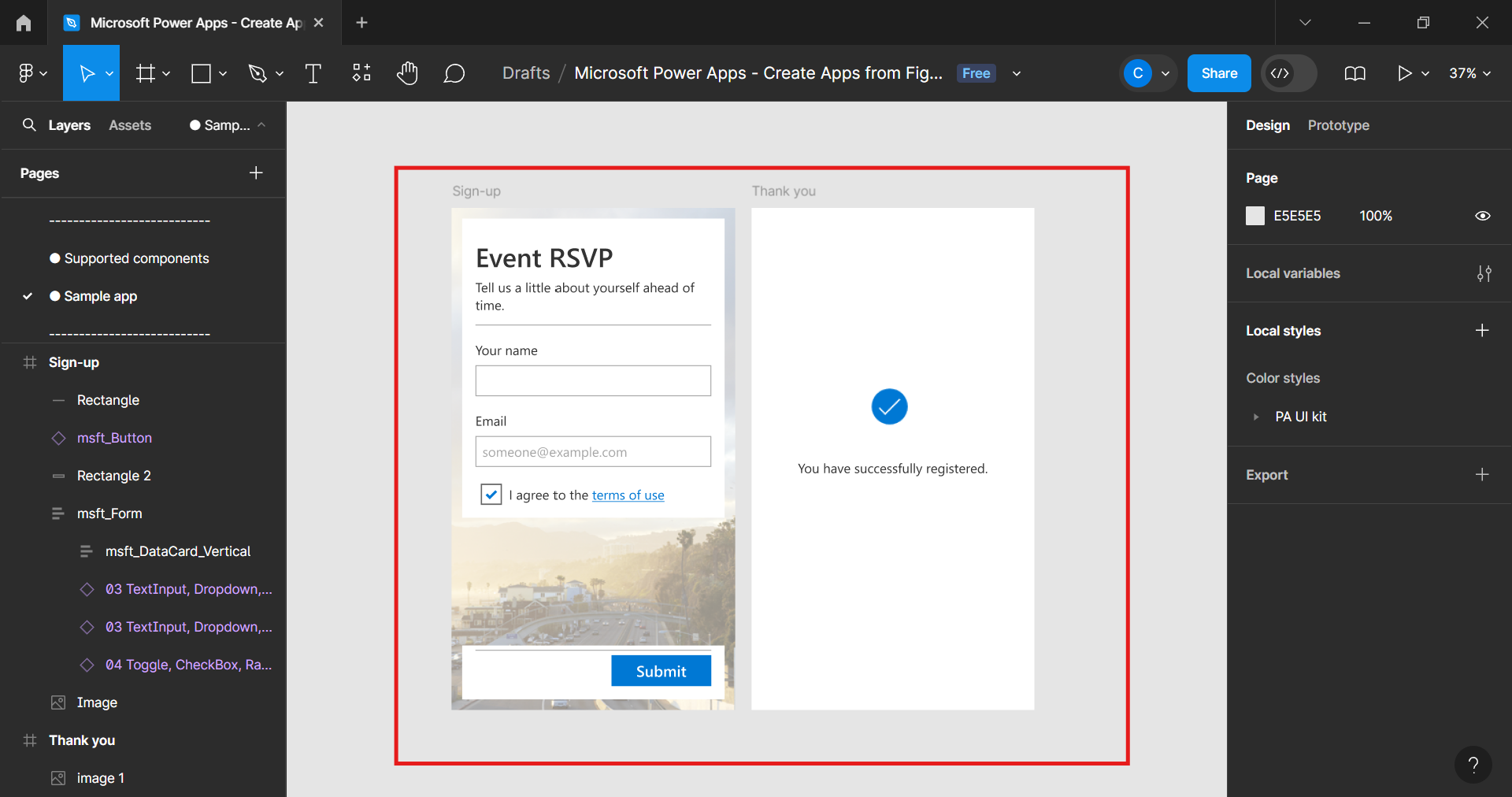
Right click on Sign-up page and then you must select copy link to selection.

Click the Figma menu icon in the top-left corner. Navigate to Help and account > Account settings to access your account settings.
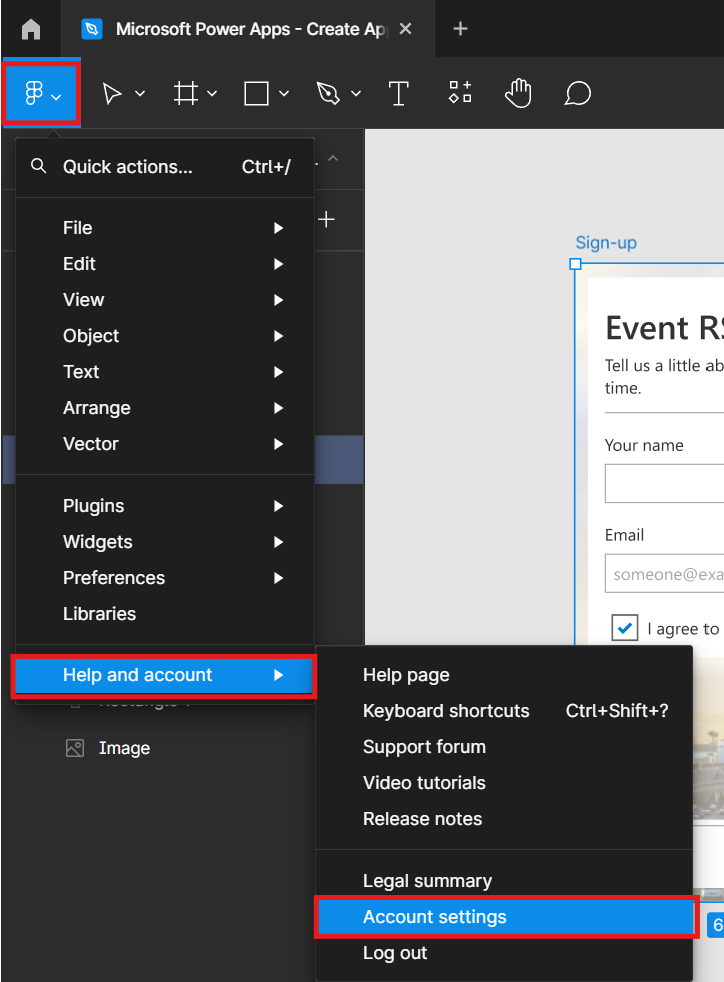
You can change the access as per requirement and then click on generate token.
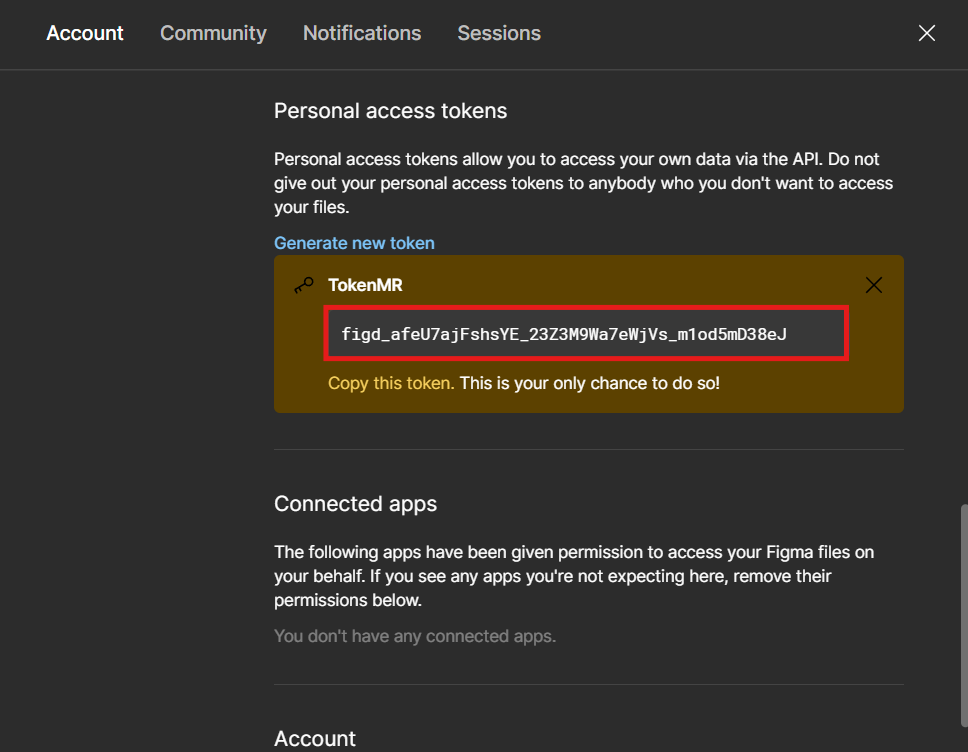
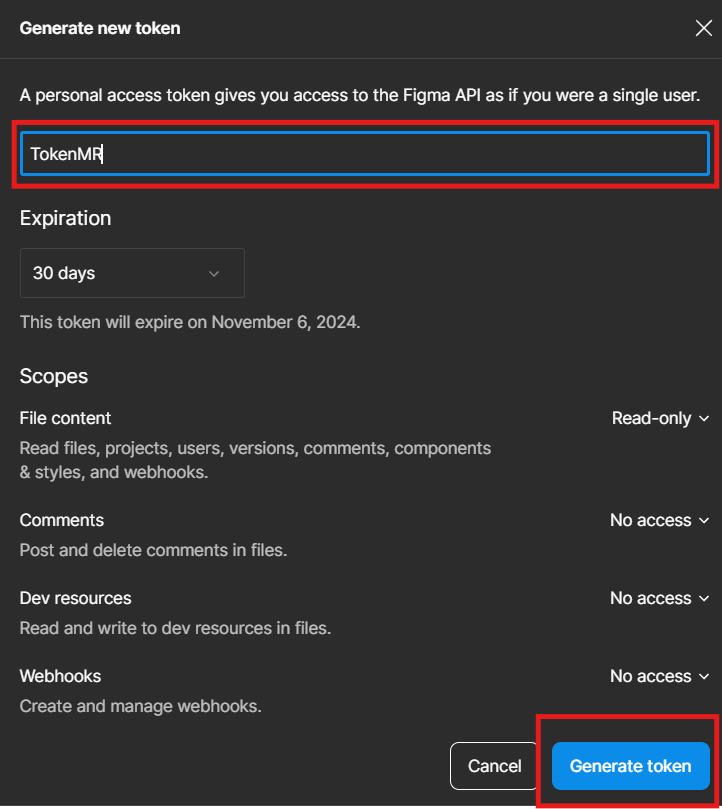
In Power Apps, go to Create and select Figma.
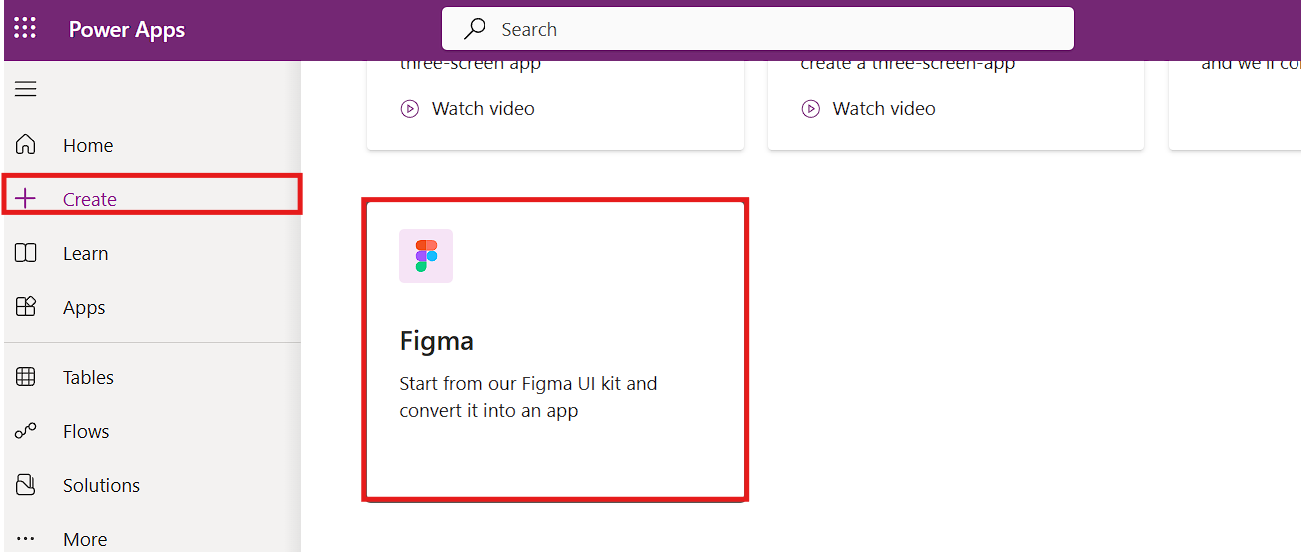
Here, paste the Token and selection link of Figma. Then click on create button.
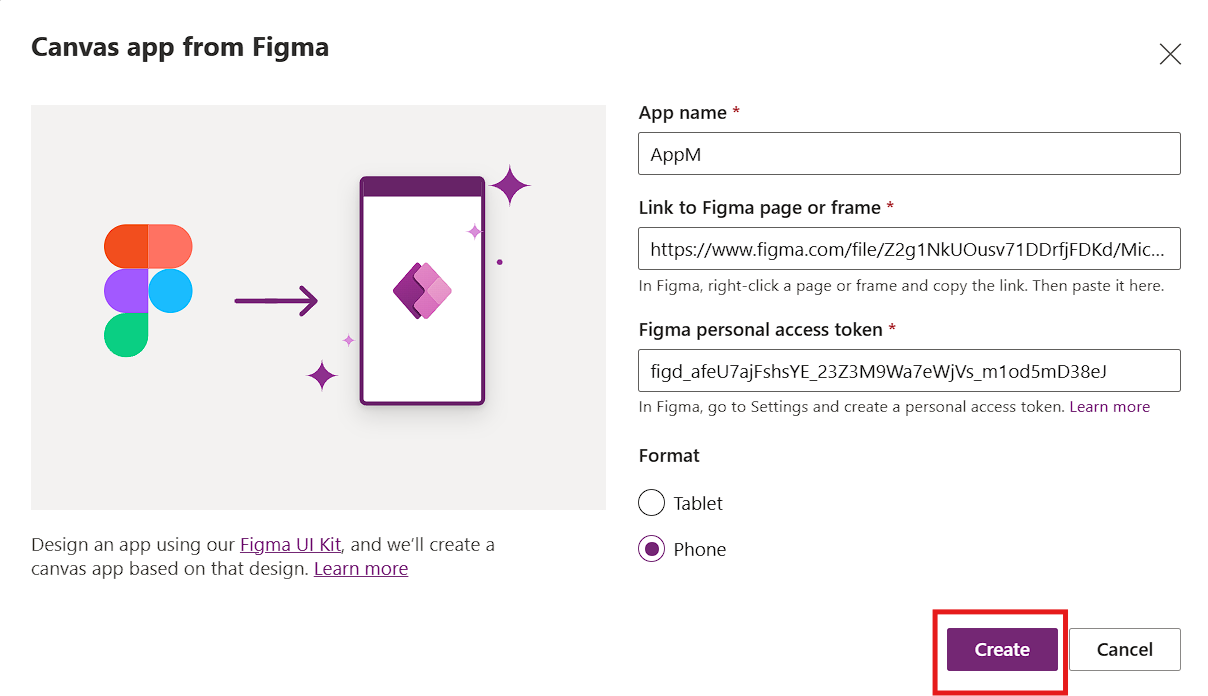
Then, you will see a loading screen.

Once this screen appears, you can proceed to customize it according to your requirements.
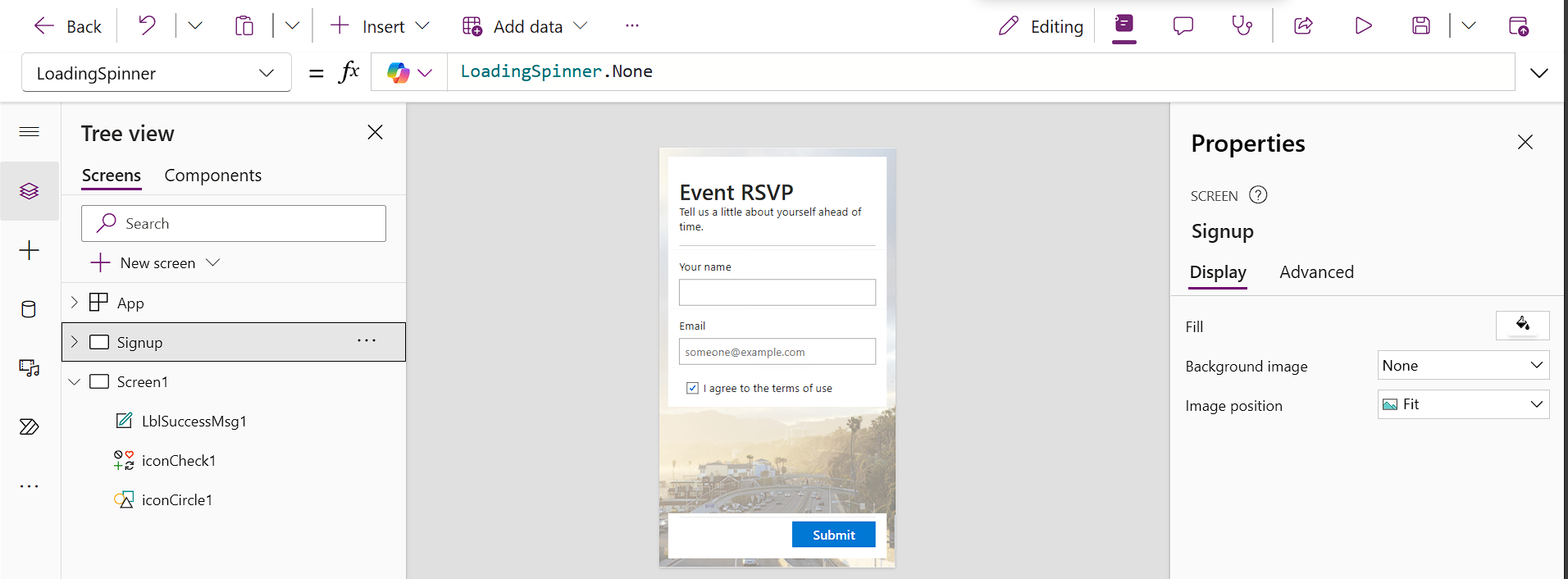
Click on the File menu, then select Save and Publish.
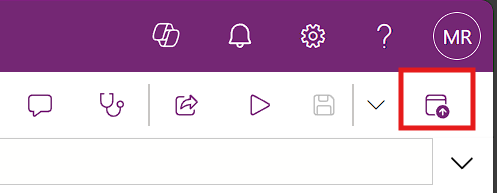
Enter a description in the Description box if needed. Click Publish this version to publish your app in the selected environment.
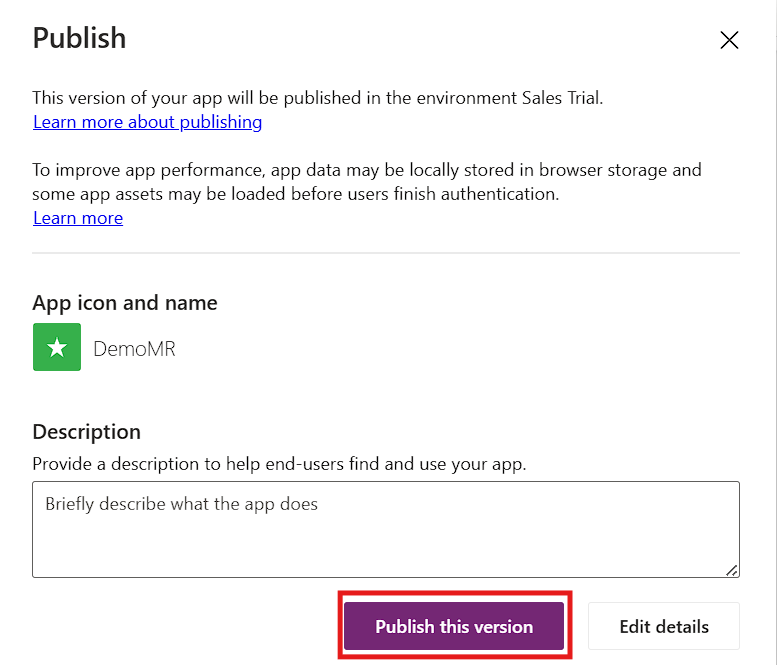
Click on Preview button to preview the app.

In conclusion, creating an app from Figma in Power Apps combines the strengths of both platforms, allowing you to design beautiful user interfaces and deploy functional applications quickly. By following these steps, you can streamline your app development process and create a product that meets the needs of your users effectively.
Frequently Asked Questions (FAQs)
1. Why should I use Figma with Power Apps?
Combining Figma with Power Apps enables you to design visually appealing interfaces in Figma and then quickly convert them into functional applications in Power Apps. This integration streamlines the design-to-development workflow, saving time and improving collaboration between designers and developers.
2. Do I need coding skills to build an app in Power Apps?
Power Apps is a low-code platform, meaning you don’t need extensive coding knowledge to build applications. However, basic familiarity with Power Apps functionalities and design principles in Figma will be beneficial.
3. Can I directly import Figma designs into Power Apps?
Currently, Power Apps doesn’t support a direct import from Figma. However, you can replicate Figma designs in Power Apps by using similar layouts, colors, and components to match the original design as closely as possible.
4. Is Figma free to use?
Figma offers a free plan with basic features, but you may need a paid subscription for advanced features or for larger team collaboration. Check Figma’s website for the latest pricing details.
5. Can I work collaboratively in Power Apps like in Figma?
Yes, Power Apps allows multiple users to work on the app within the same environment. However, real-time collaboration may not be as seamless as Figma's, which is specifically designed for collaborative design work.
6. What are the benefits of using Power Apps for app development?
Power Apps enables rapid app development with its low-code environment, allowing users to create applications without in-depth coding knowledge. It also integrates well with Microsoft products and data sources, making it ideal for business-focused applications.
7. Do I need a paid Power Apps license to publish apps?
Yes, you typically need a Power Apps license to publish and share apps, especially within an organization. You may also need additional licensing for more advanced functionalities.
8. Can Figma designs be updated after publishing the app in Power Apps?
Yes, you can update your Figma designs. However, any changes made in Figma will need to be manually adjusted in Power Apps as there is no live sync between the two platforms.
9. What knowledge is required to start with Figma and Power Apps?
Basic knowledge of UI/UX design principles for Figma and familiarity with Power Apps’ components, data sources, and interface will help you get started effectively.
10. Are there any specific templates in Power Apps that match Figma layouts?
Power Apps offers various templates that you can use as a base. While they may not directly match Figma’s layouts, you can customize them to align with your Figma designs.
